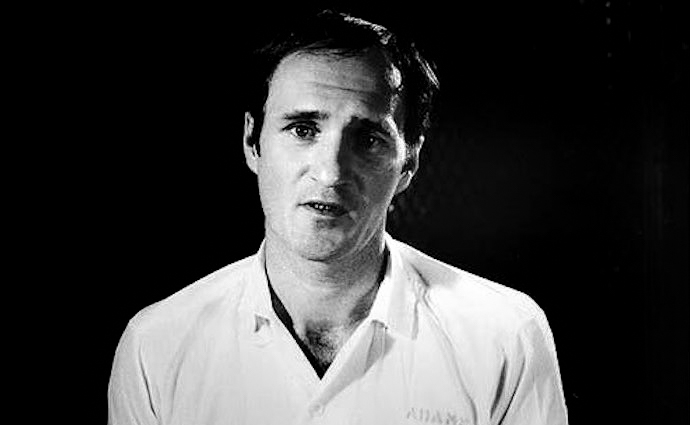And, indeed, I will ask on my own account here, an idle question: which is better—cheap happiness or exalted sufferings? Well, which is better?---Fyodor Dostoevsky ---Notes from Underground There are certain people of whom it is difficult to say anything which will at once throw them into relief—in other words, describe them graphically in their typical characteristics. These are they who are generally known as “commonplace people,” and this class comprises, of course, the immense majority of mankind. Authors, as a rule, attempt to select and portray types rarely met with in their entirety, but these types are nevertheless more real than real life itself. For instance, when the whole essence of an ordinary person’s nature lies in his perpetual and unchangeable commonplaceness; and when in spite of all his endeavours to do something out of the common, this person ends, eventually, by remaining in his unbroken line of routine—. I think such an individual really does become a type o...
NOTES FROM UNDERGROUND
Hope
To be human is to be a miracle of evolution conscious of its own miraculousness — a consciousness beautiful and bittersweet, for we have paid for it with a parallel awareness not only of our fundamental improbability but of our staggering fragility, of how physiologically precarious our survival is and how psychologically vulnerable our sanity. To make that awareness bearable, we have evolved a singular faculty that might just be the crowning miracle of our consciousness: hope.--
Erich Fromm
Links
- Get link
- X
- Other Apps
Labels
The Thin Blue Line (1988)
The "thin blue line" is a term that typically refers to the concept of the police as the line which keeps society from descending into violent chaos.
The film is the result of a 30-month investigation by Errol Morris, one of America’s strangest and most brilliant documentary filmmakers, who sometimes jokes that he is not a “producer-director” but a “detective-director.” Morris originally went to Texas to do a documentary on Dr. James Grigson, a Dallas psychiatrist nicknamed “Doctor Death” because in countless capital murder cases over 15 years he has invariably predicted that the defendants deserved the death penalty because they were sociopaths who would certainly kill again.
Although he makes documentaries, Morris is much more interested in the spaces between the facts than with the facts themselves. He is fascinated by strange people, by odd word choices and manners of speech, by the way that certain symbols or beliefs can become fetishes with the power to rule human lives.
Morris’ first film was “Gates of Heaven” (1978), which I believe is one of the greatest films ever made. Ostensibly a documentary about two pet cemeteries in Northern California and the people who owned them, it is in fact one of the most profound, and funniest, films ever made about such subjects as life and death, success and failure, dreams and disappointments, and the role that pets play in our loneliness. Although “Gates of Heaven” has never failed to fascinate the approximately 50 audiences I have seen it with, it has never reached large numbers of people because of its subject matter; people think they don’t want to see a movie about pet cemeteries, and only enthusiastic word-of-mouth has kept the movie alive (it is only recently available on home video).
Morris has assembled many of the key witnesses in the case, including Adams, who seems passive and defeated about the fate that deposited him in a life sentence for murder, and Harris, who talks wonderingly about the fact that a person’s whole life can be changed because they were in the wrong place at the wrong time.
“Is Randall Adams an innocent man?” Morris asks Harris.“I’m sure he is.” “How can you be sure?” “Because I’m the one that knows.” Morris’ visual style in “The Thin Blue Line” is unlike any conventional documentary approach. Although his interviews are shot straight on, head and shoulders, there is a way his camera has of framing his subjects so that we look at them very carefully, learning as much by what we see as by what we hear.
https://www.rogerebert.com/reviews/the-thin-blue-line-1988













.jpg)